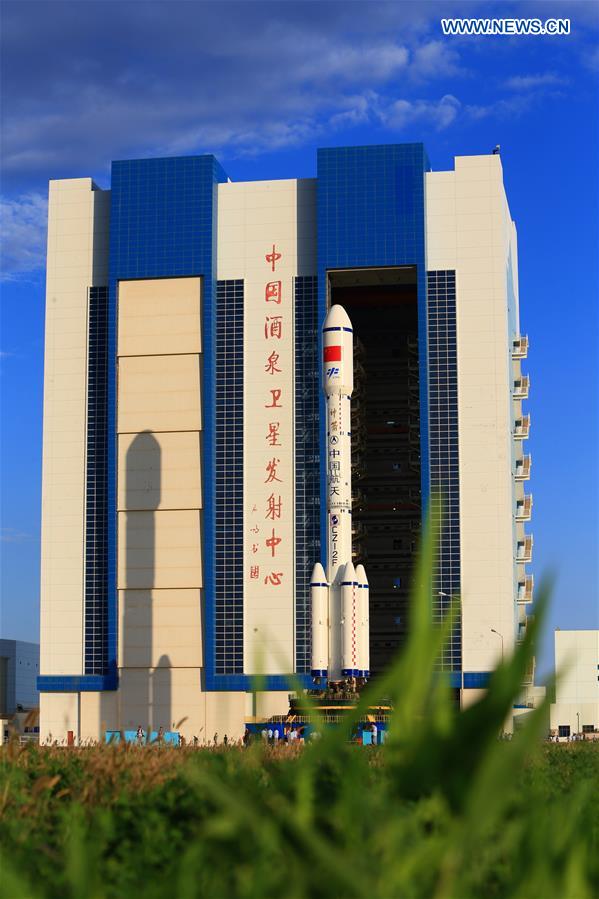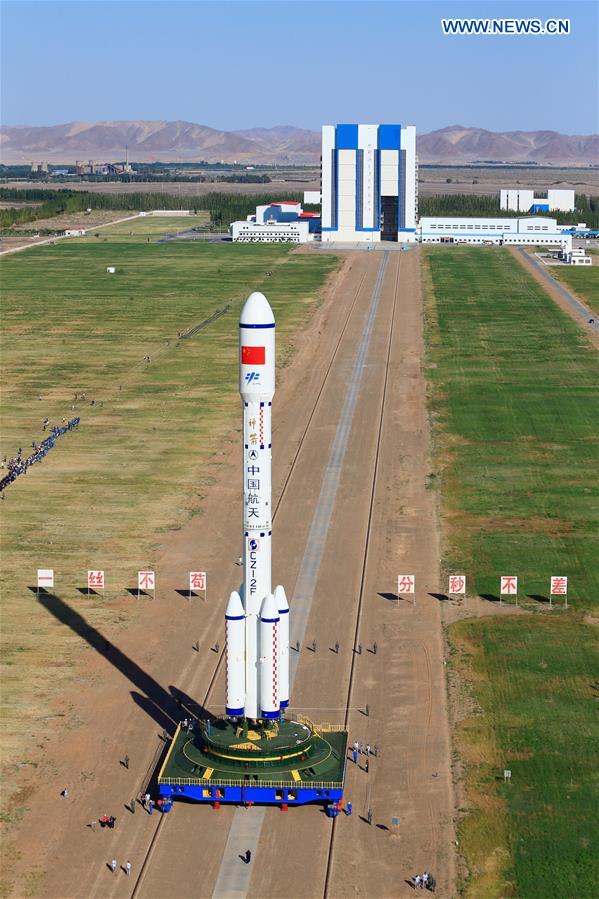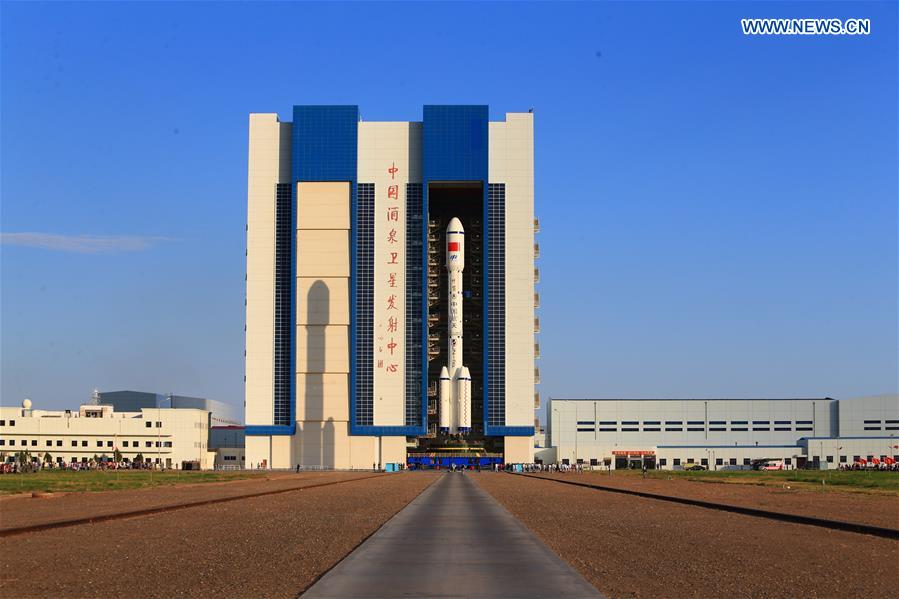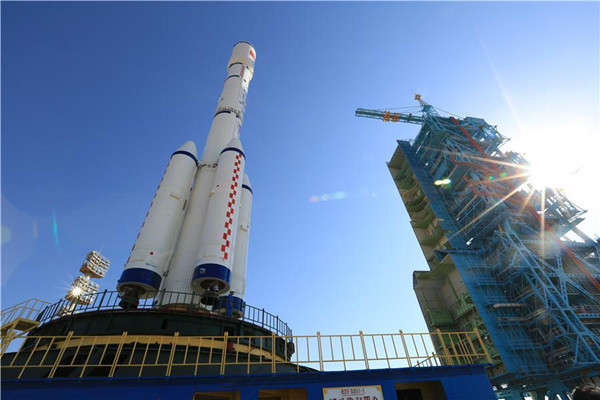TaiShang
ELITE MEMBER

- Joined
- Apr 30, 2014
- Messages
- 27,848
- Reaction score
- 70
- Country
- Location
China to Launch Second Space Lab Tiangong-2 in Q3
2016-02-28
China will send its second orbiting space lab Tiangong-2 into space in the third quarter of this year, which is expected to dock with a cargo ship scheduled to be launched in the first half of next year, sources from the manned space program said Sunday.
As part of the country's space lab program, China also plans to launch the Shenzhou-11 spacecraft, which will carry two astronauts on board, in the fourth quarter of this year to dock with Tiangong-2, according to the program's spokesperson.
After its first test flight in the Wenchang satellite launch center in south China's Hainan Province, a next-generation Long March-7 rocket will put the country's first cargo ship Tianzhou-1, which literally means "heavenly vessel," into space in the first half of 2017 to dock with Tiangong-2 and conduct experiments.
During the process, China will verify key technologies including cargo transportation, on-orbit propellant resupply, astronauts' medium-term stay, as well as conduct space science and application experiments on a relatively large scale, the spokesperson said.
Preparation for the space lab program is progressing steadily, according to the spokesperson.
The astronauts to board the Shenzhou-11 are receiving training, while the Tiangong-2, Shenzhou-11, two Long March-2F carrier rockets to be used to lift them into space, the Long March-7 rocket, and the Tianzhou-1 are either being assembled or undergoing assembly examination.
China's multi-billion-dollar space program, a source of surging national pride in the country, aims to put a permanent manned space station into service around 2022.
By around 2020, the construction of the country's first orbiting space station should be completed, according to the spokesperson.
The space station is expected to consist of three parts -- a core module attached to two labs, each weighing about 20 tonnes.
China already launched its first space lab, Tiangong-1, in September 2011 and has conducted two dockings with the module in the following two years.
The Tiangong-1 has been in service for four years and a half and is in good working condition, which enables it to remain in orbit for continued operation, the spokesperson said.
2016-02-28
China will send its second orbiting space lab Tiangong-2 into space in the third quarter of this year, which is expected to dock with a cargo ship scheduled to be launched in the first half of next year, sources from the manned space program said Sunday.
As part of the country's space lab program, China also plans to launch the Shenzhou-11 spacecraft, which will carry two astronauts on board, in the fourth quarter of this year to dock with Tiangong-2, according to the program's spokesperson.
After its first test flight in the Wenchang satellite launch center in south China's Hainan Province, a next-generation Long March-7 rocket will put the country's first cargo ship Tianzhou-1, which literally means "heavenly vessel," into space in the first half of 2017 to dock with Tiangong-2 and conduct experiments.
During the process, China will verify key technologies including cargo transportation, on-orbit propellant resupply, astronauts' medium-term stay, as well as conduct space science and application experiments on a relatively large scale, the spokesperson said.
Preparation for the space lab program is progressing steadily, according to the spokesperson.
The astronauts to board the Shenzhou-11 are receiving training, while the Tiangong-2, Shenzhou-11, two Long March-2F carrier rockets to be used to lift them into space, the Long March-7 rocket, and the Tianzhou-1 are either being assembled or undergoing assembly examination.
China's multi-billion-dollar space program, a source of surging national pride in the country, aims to put a permanent manned space station into service around 2022.
By around 2020, the construction of the country's first orbiting space station should be completed, according to the spokesperson.
The space station is expected to consist of three parts -- a core module attached to two labs, each weighing about 20 tonnes.
China already launched its first space lab, Tiangong-1, in September 2011 and has conducted two dockings with the module in the following two years.
The Tiangong-1 has been in service for four years and a half and is in good working condition, which enables it to remain in orbit for continued operation, the spokesperson said.














